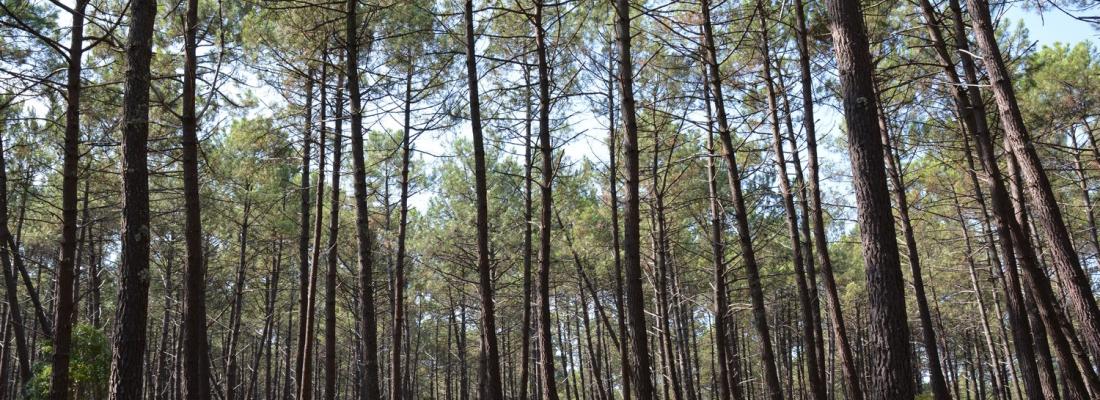Climate change and risks Reading time 2 min
Weathering the storm: first-time study of the impact of soil water content on tree resistance
Published on 19 October 2020

The INRAE researchers carried out this study to better understand the role of soil water status when it comes to how well Pinus Pinaster takes root in the sandy soil that dominates the Landes region in southwestern France. Their study consisted of both experiments in the field and modelling. Over the past 20 years, the Landes region, which is the largest forest area in western Europe, has been hit hard by winter storms.
A model for simulating resistance to uprooting as a function of soil water content
In the field, the researchers measured tree resistance by pulling them to the point of complete uprooting, and in contrasting soil water content conditions. The experiments were carried out on 14-year-old Pinus Pinaster trees. They then excavated the tree root systems and sent them to a laboratory where their architecture was mathematically modelled in 3D. The hydraulic and mechanical properties of soils were also measured in the laboratory for the different soil layers of the experimental site.
At the same time, a model was developed to simulate the overturning of a tree in relation to the progressive wetting of different soil horizons. The model incorporates the 3D distribution of structural roots in the different soil horizons. Resistance to uprooting by wind was tracked and analysed by simulation during exposure to two factors: the progression of a saturation front over the course of heavy rains and a rising water table linked to a period of steady rain.
Fully saturated soil: the point of no return
The major finding of this study is that when soil is fully saturated with water, tree capacity to resist uprooting plummets. As long as full saturation is not reached, an increase of soil water content does not significantly affect the stability of a tree exposed to wind. This is due to the specific characteristics of sandy soil, whose mechanical strength is linked principally to the phenomenon of capillarity forces between soil grains. Going forward, these findings should be applied to adult specimens which undergo considerable damage during storms.
This research has helped scientists reach a better understanding of how soil saturation linked to winter rainfall affects tree resistance to uprooting. In a context of climate change and increased precipitation in western European winters, the findings lead to new ways of managing the risk of storms including, notably, monitoring the water table in wintertime.
|
Reference Forest Ecology and Management, P.Défossez, G.Veylon, M.Yang, J.M.Bonnefond, D.Garrigou, P.Trichet, F.Danjon - Volume 480, 15 January 2021, 118614 - doi.org/10.1016/j.foreco.2020.118614 |
